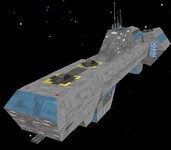 This week we look at the last ship to comprise the Victory's battle group. TCS Sheffield cruised alongside the other two ships of Destroyer Squadron 67 and TCS Victory. Like the other ships, the name Sheffield comes from the Royal Navy and in this case named after the city of Sheffield, England.
This week we look at the last ship to comprise the Victory's battle group. TCS Sheffield cruised alongside the other two ships of Destroyer Squadron 67 and TCS Victory. Like the other ships, the name Sheffield comes from the Royal Navy and in this case named after the city of Sheffield, England.
The TCS Sheffield doesn't have any major mentions in the novel or real standout moments in the game, but takes part in the same actions as the other ships of DesRon 67. The fighter wing of the Victory at one point protects the Sheffield in the Alcor system, along with the other capships, before it moved to join the rest of the Confederation fleet massing in Freya before the Temblor Bomb attack.
The first real world ship named Sheffield was a Town-class light cruiser mounting 12 6 inch guns and 8 4 inch guns. Commissioned in 1937, the ship saw extensive action during the Second World War. She took part in the Norwegian Campaign in 1940 before transferring to Force H in the Mediterranean. HMS Sheffield took part in Operation White, one of the many runs to deliver fighters to the island outpost of Malta, and the Battle of Cape Spartivento. After continued operations in the Mediterranean, the Sheffield took part in the final demise of the Bismarck in May 1941. She returned to England and operated with Arctic convoys to the Soviet Union until she hit a mine in March 1943. She then took part in Operation TORCH against French North Africa in November 1942 and convoy duty later in the year. During the Battle of the Barents Sea, Sheffield sank the German destroyer Friedrich Eckholdt and damaged the cruiser Admiral Hipper. In 1943, Sheffield supported Operation AVALANCHE at Salerno before being sent again to the Arctic where she remained for the rest of the war. Sheffield was part of the force when the German battleship Scharnhost was sunk in December 1943 off Norway. She continued to serve in the Arctic till 1944 when refits in Boston, Massachusetts and in England kept her out of the remainder of the war.
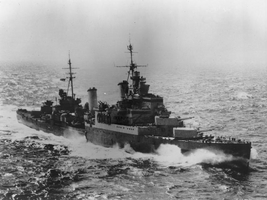
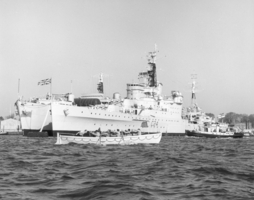
The first Sheffield during the Second World War and serving as flagship of the Reserve Fleet in the 1960s.
Sheffield's refit was completed in 1946 and served in the West Indies, Mediterranean, and the Home waters. The rest of her career was without major naval action save in regards to serving as flagship on a number of occasions. She was scrapped in 1967.
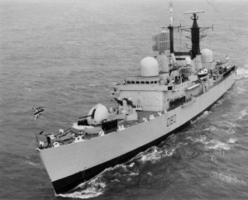
The second Sheffield was a Type 42 Guided Missile Destroyer commissioned in 1975. This Sheffield is well known because she was sunk during the 1982 Falkland War between England and Argentina. A single Exocet anti-ship missile launched from a Argentine Super Etendard aircraft struck the Sheffield amidships and tore a large gash in the hull. The missile did not actually detonate but instead caused severe damage through the force of the impact. Fires started as a result burned in the impact area, where the missile had also struck the fire main greatly hindering the ship's ability to fight the fires. The crew abandoned ship where the famous incident of them singing "Always Look on the Bright Side of Life" from Monty Python’s Life of Brian occurred as they waited to be rescued.
A Super Etendard launching an Exocet missile and the damage to HMS Sheffield after the Exocet impact.
The most recent ship to bear the name Sheffield was a Type 22 Frigate commissioned in 1988. Named in honor of the previous ship, this Sheffield never saw major combat but served in various humanitarian roles and in anti-drug and anti-terrorism missions before being decommissioned in 2002. She was sold to the Chilean Navy in 2003 where she continues to serve.





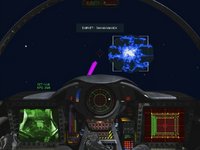
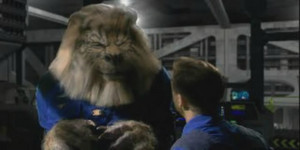
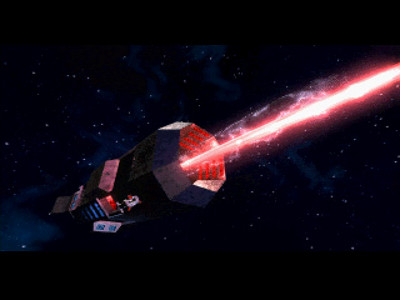
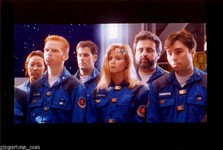
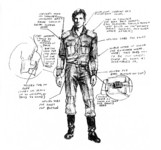
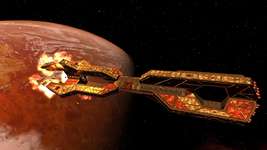
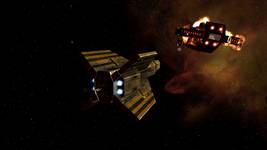
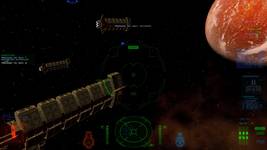



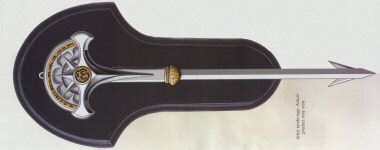


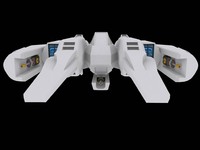
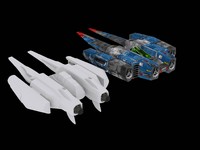
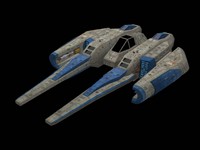
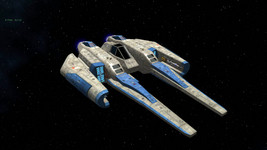
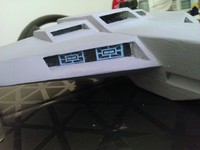
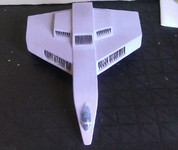
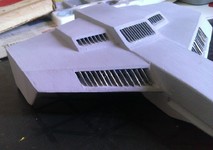
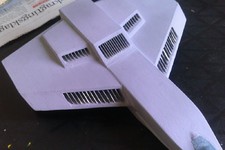
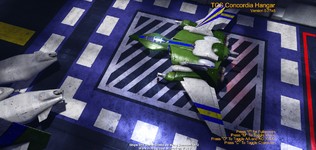
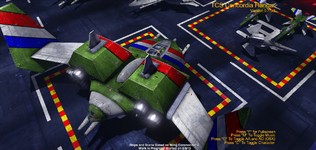
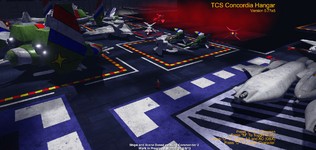
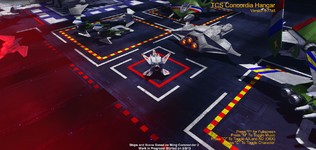
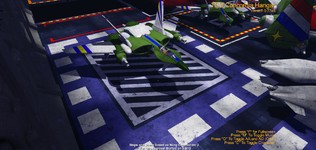
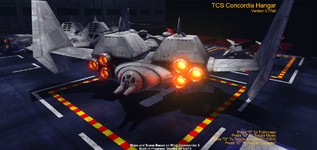
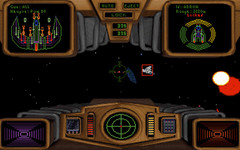
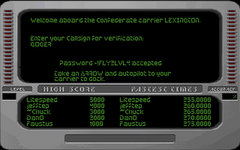
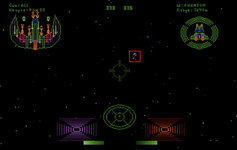


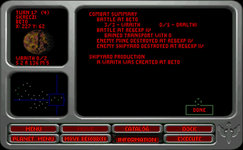
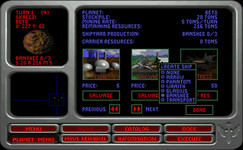
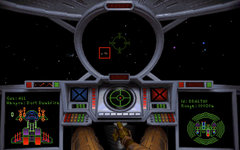
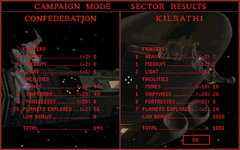
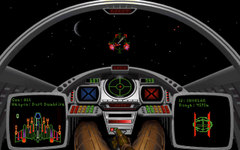
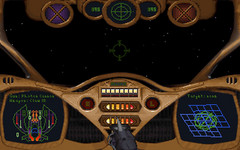
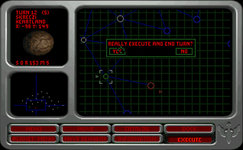
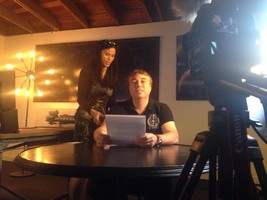


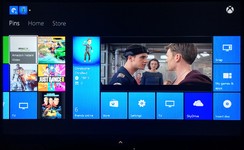
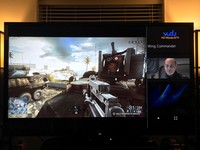
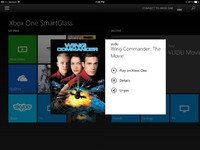
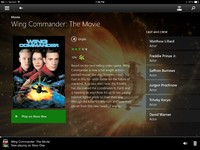

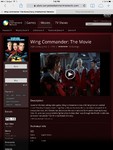

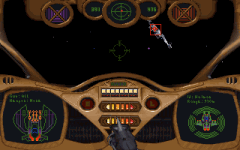
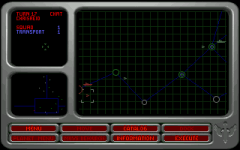
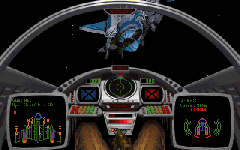


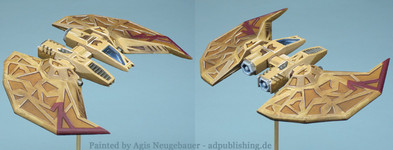



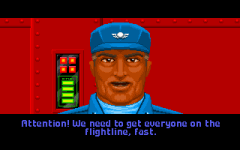
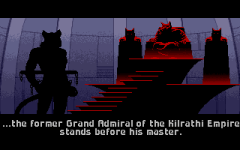

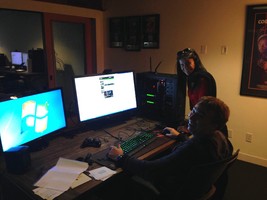
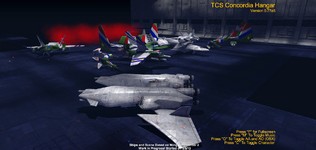
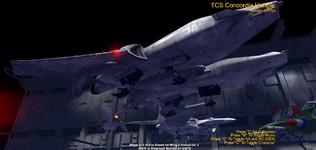
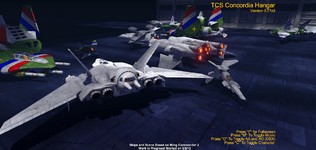
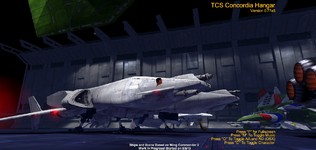
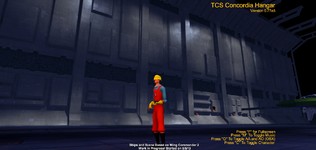
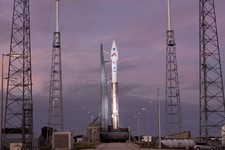
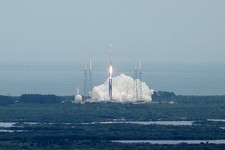
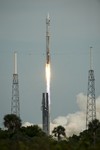
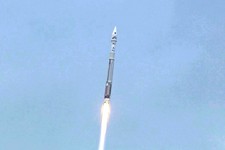
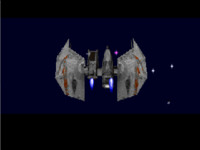
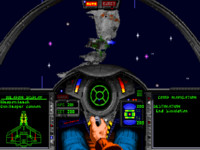
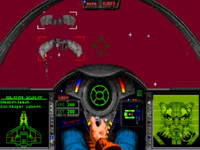
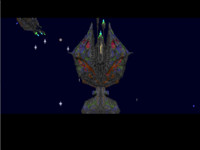
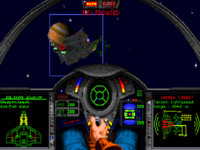






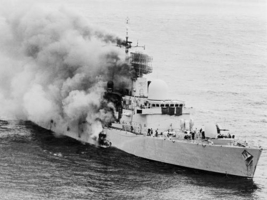
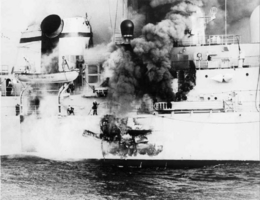
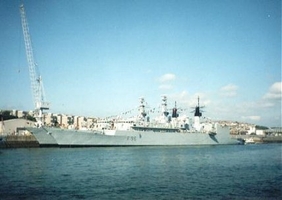
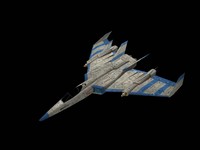
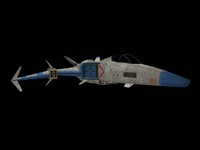
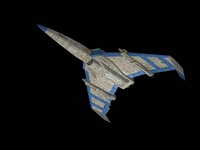
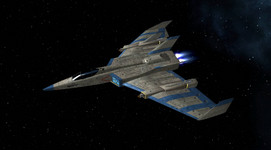
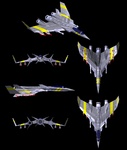
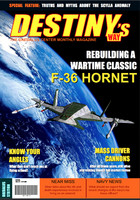
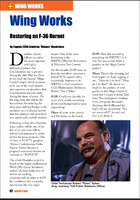



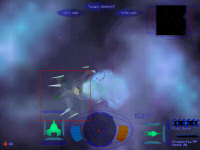
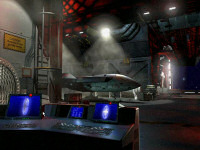
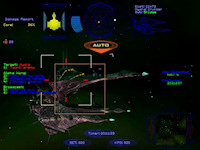
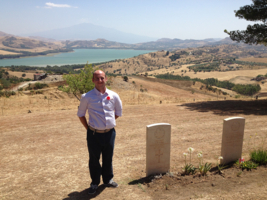
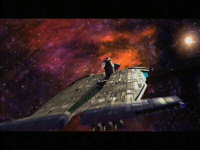
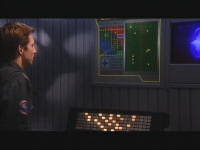
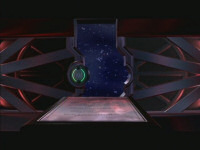
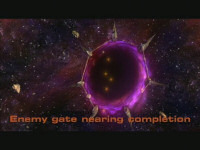

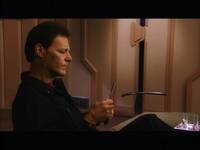
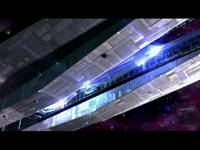
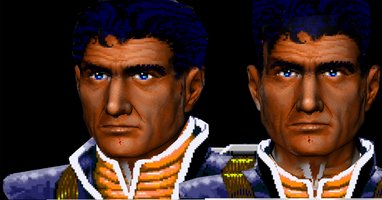
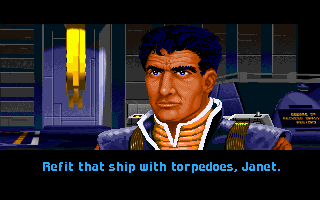

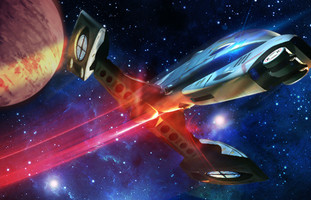

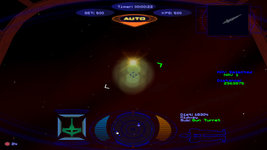
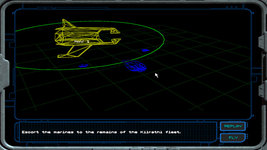
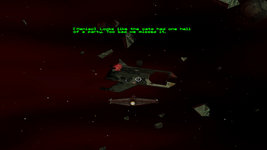
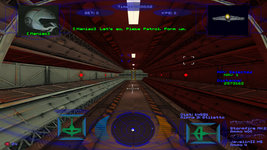
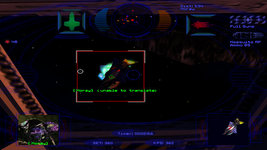
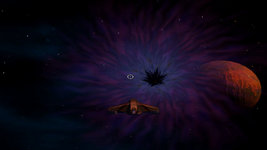
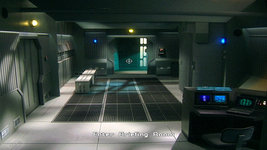
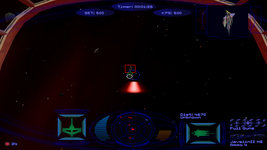

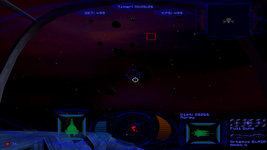
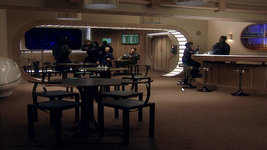

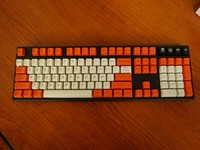

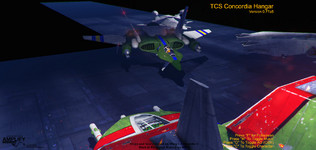
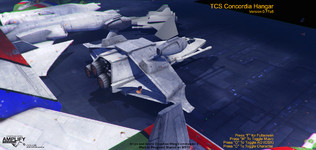
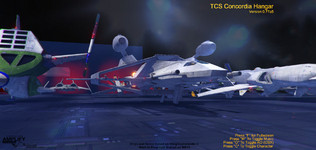
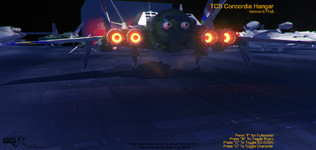
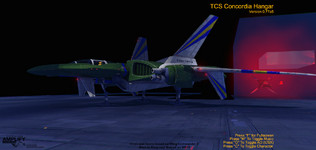
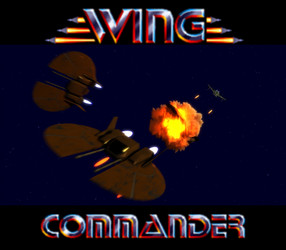
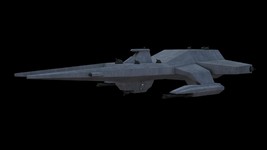
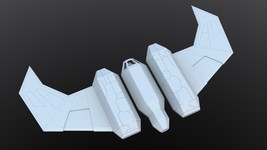
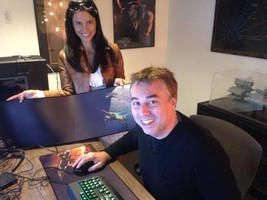

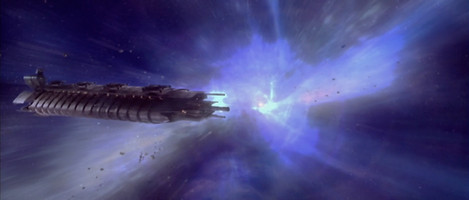


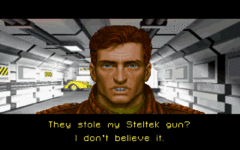
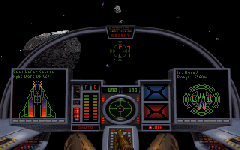
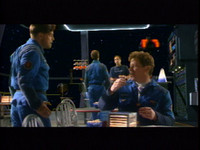
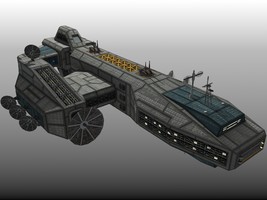

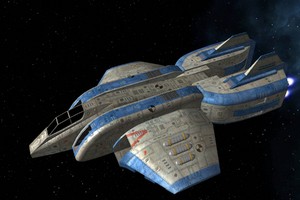
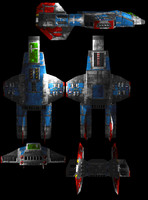
Follow or Contact Us